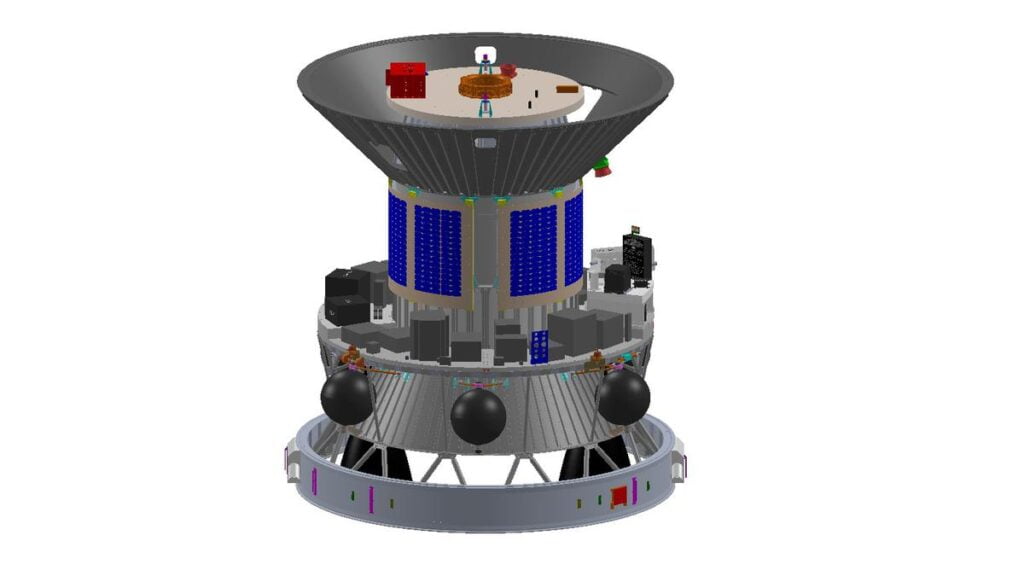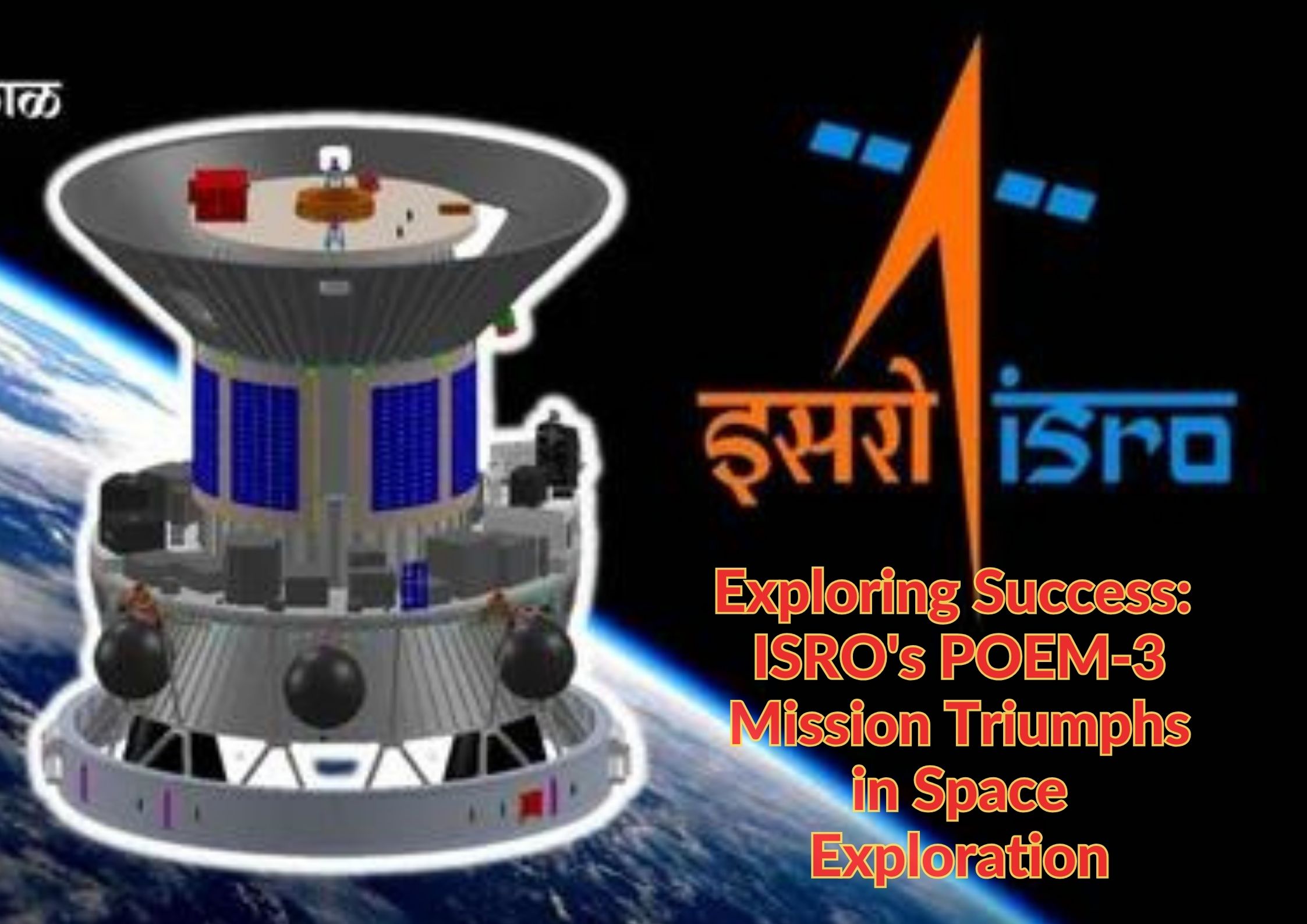The Indian Space Research Organisation or ISRO’s POEM-3 mission made a groundbreaking announcement on January 27, celebrating the success of its space platform, POEM-3 (PSLV Orbital Experimental Module-3). This innovative platform, utilizing the spent PS4 stage of the PSLV-C58 rocket, has achieved all its payload objectives, marking a significant milestone in space exploration.

POEM-3 Payload Objectives
ISRO revealed that POEM-3 flew with nine payloads from various esteemed institutions, including the Vikram Sarabhai Space Centre, Physical Research Laboratory, academia, and space start-ups. By the 25th day in orbit, POEM-3, described as a unique and inexpensive platform, completed an impressive 400 orbits. During this period, each payload was successfully put into operation, showcasing the platform’s operational success.
POEM-3 Features
POEM-3 stands out as a three-axis-attitude-controlled platform with power generation, tele-command, and telemetry capabilities. This design ensures efficient support for the payloads it carries, enhancing the overall performance of the space platform.
Operational Success of ISRO’s POEM-3 Mission
The operational success of POEM-3 is evident in its completion of 400 orbits. ISRO emphasized that the space platform achieved every objective, demonstrating the meticulous planning and execution involved in its mission.
Unique Aspects of POEM-3
One of the remarkable aspects of POEM-3 is its uniqueness and cost-effectiveness. This platform represents a step forward in designing space modules that fulfil their objectives while minimizing costs. Predictions suggest that POEM-3 will continue orbiting for approximately 73 more days before re-entering Earth’s atmosphere.
Experiments and Payload Data
Notable experiments, including ARKA200 (Xenon Electric Propulsion) and RUDRA (HAN-based Green Propellant Thruster), were successfully conducted. Payload data collection occurred regularly for studies like WeSAT (Solar irradiance and UV Index study), BeliefSat0 (Amateur Radio satellite), RSEM (Radiation Shielding experiment), and DEX (interplanetary Dust particle experiment).
Achievements in Previous Missions
ISRO highlighted that, through missions from POEM-1 to POEM-3, a total of 21 payloads were flown, showcasing the organization’s consistent commitment to advancing space exploration. The achievement of all objectives in these missions reinforces ISRO’s reputation for precision and excellence.
Future Experiments with POEM-3
With the successful completion of its objectives, POEM-3 is set to contribute further to future missions. More experiments are planned to generate crucial data that will be invaluable for upcoming POEM configurations and other missions.
Environmental Impact
An important environmental aspect of POEM-3 is the assurance of leaving zero space debris. ISRO affirmed that, with the predicted re-entry of POEM-3 in the next 75 days, the PSLV-C58 XPoSat mission will not contribute to space debris, emphasizing responsible space exploration.
Conclusion
In conclusion, the success of POEM-3 marks a significant stride in space exploration, showcasing the capability of ISRO to achieve complex mission objectives. The platform’s unique features, operational success, and commitment to environmental responsibility make it a noteworthy achievement for the organization.
FAQs
- What is POEM-3, and why is it significant? POEM-3, or the PSLV Orbital Experimental Module-3, is a space platform developed by ISRO, and its significance lies in its achievement of payload objectives, contributing to advancements in space exploration.
- How many orbits did POEM-3 complete, and why is this noteworthy? POEM-3 completed 400 orbits, showcasing its operational success and the efficiency of its design and execution.
- What experiments were conducted on POEM-3, and what were the outcomes? Experiments like ARKA200 and RUDRA were successfully conducted, contributing to electric propulsion and green propellant thruster technology, respectively.
- How does POEM-3 contribute to environmental preservation? With a planned re-entry that ensures zero space debris, POEM-3 demonstrates ISRO’s commitment to mitigating the environmental impact of space missions.
- What are the plans for POEM-3? ISRO has outlined future experiments with POEM-3, generating crucial data for upcoming missions, and contributing to the organization’s continuous advancements in space exploration.
Inspired by the post
For more latest trendy news like this visit our Latest News page. Please visit our Contact Us page in the footer menu to contact us. You can check out our Best Deals page for various needy offers and deals of the day. To know more about us visit the About Us page in the footer menu. You can also read our Disclaimer, Affiliation Disclosure and FAQs page in the footer menu. You can also find the Webstory Page in the footer menu to see our latest published web stories.

